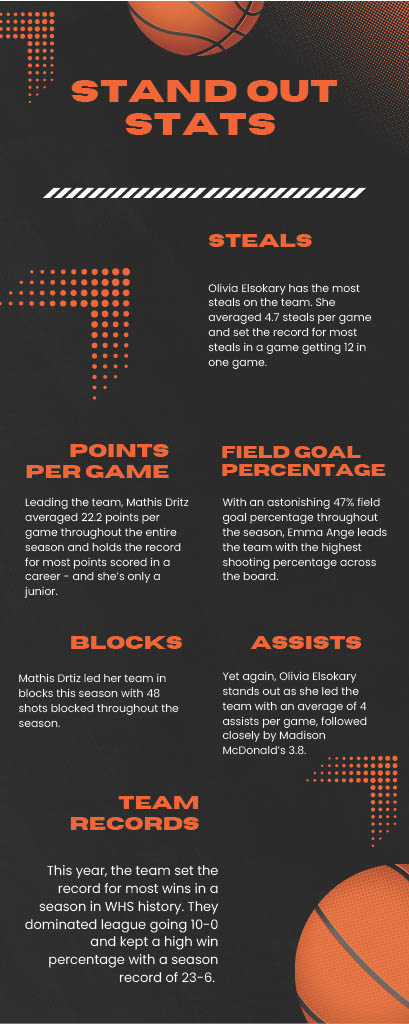With its first episode airing on Feb. 2, 2009 and continuing for over 10 years, RuPaul’s Drag Race has made its mark on the world of drag, creating a surplus of opportunities for many drag queens.
RuPaul’s Drag Race is hosted by famous drag queen, RuPaul, who introduces 13 new drag queens into the “werkroom” to compete for the title of America’s next drag superstar. This title grants queens reign over the world and allows them to build up their platform and inspire others with their uniqueness, nerve and talent.
Drag is an activity in which men dress up as women and put on entertaining performances for audiences. However, as time goes on, the definition of drag has been rewritten as people of many genders partake in drag.
“[Drag] is for everyone,” said Keira Lefkowitz ‘22. “Yes, it was originally for men, [but] it has become so much bigger than that. It has so many different meanings for people, but there’s no reason anyone of any gender couldn’t do drag.”
The first season of RuPaul’s Drag Race, now often referred as “The Lost Season,” only had nine competing queens and had the lowest amount of prize money —$20,000. Since then it has been raised to $100,000. No one believed that it would spring into the show that it is today.
“This show [was] started by queer people for queer people on a very small, queer cable network,” said RuPaul’s Drag Race judge, Michelle Visage, in an interview with David Canfield for Vanity Fair. “Nobody had any idea that it would be the worldwide, Emmy award–winning phenomenon that it is now.”
During the show, the queens often feel pressure to perform well and this causes past traumas to arise. Because of this vulnerability to discuss their past, the fans see what they are going through and in turn create a community centered around love and comfort because of the love they have for certain queens.
“Drag race tells our stories,” said Trixie Mattel, contestant on season seven and winner of All-Stars 3, in an interview with David Canfield for Vanity Fair. “You watch through the feathers and the beads and the magic, but you really watch because it’s the American dream in real time.”
A fair share of queens also go through self–identity explorations during the show, coming out as transgender either during or after their respective seasons. Season 14 has proven to be one of the most diverse seasons, with five transgender queens and the show’s first straight cisgender contestant, Maddy Morphosis.
One of the season 14 queens, Bosco, came out on Twitter after the first five episodes of the new season aired.
“Honestly, I was also just flat–out terrified of how I’d be treated,” said Bosco in a tweet. “I still am. I’m now in a position where I’m surrounded by love and support, from my heaven–sent boyfriend, stunning peers and incredible friends.”
Drag Race has also broadened its horizons, with more shows like Canada’s Drag Race, Drag Race Holland, Drag Race Thailand and so many more. This allows international queens to show who they are and what they can bring while being able to stay in their hometowns. Also, new to 2022, RuPaul’s Drag Race vs The World brought international queens together in Manchester to compete for the title of “Queen of the Mother–Tucking World.”
“Drag Race going international allows more queens to showcase their talents and gain a successful fanbase,” said Lefkowitz.
Drag Race has created an open and loving community for so many queens and queer individuals, with the definition being altered and continously transformed as the years go by.
“I don’t think it’s changed as an art form; I think it’s progressed,” said Visage in an interview with David Canfield for Vanity Fair. “What we don’t ever want to lose is the F–you to society storyline. That was always there with drag.”



























